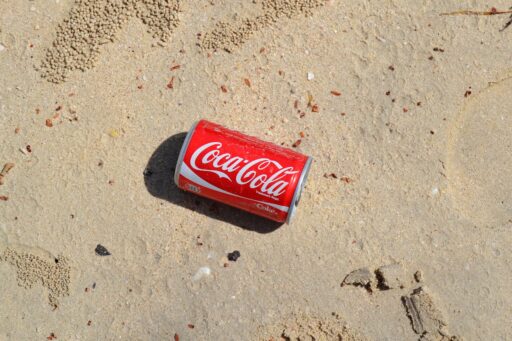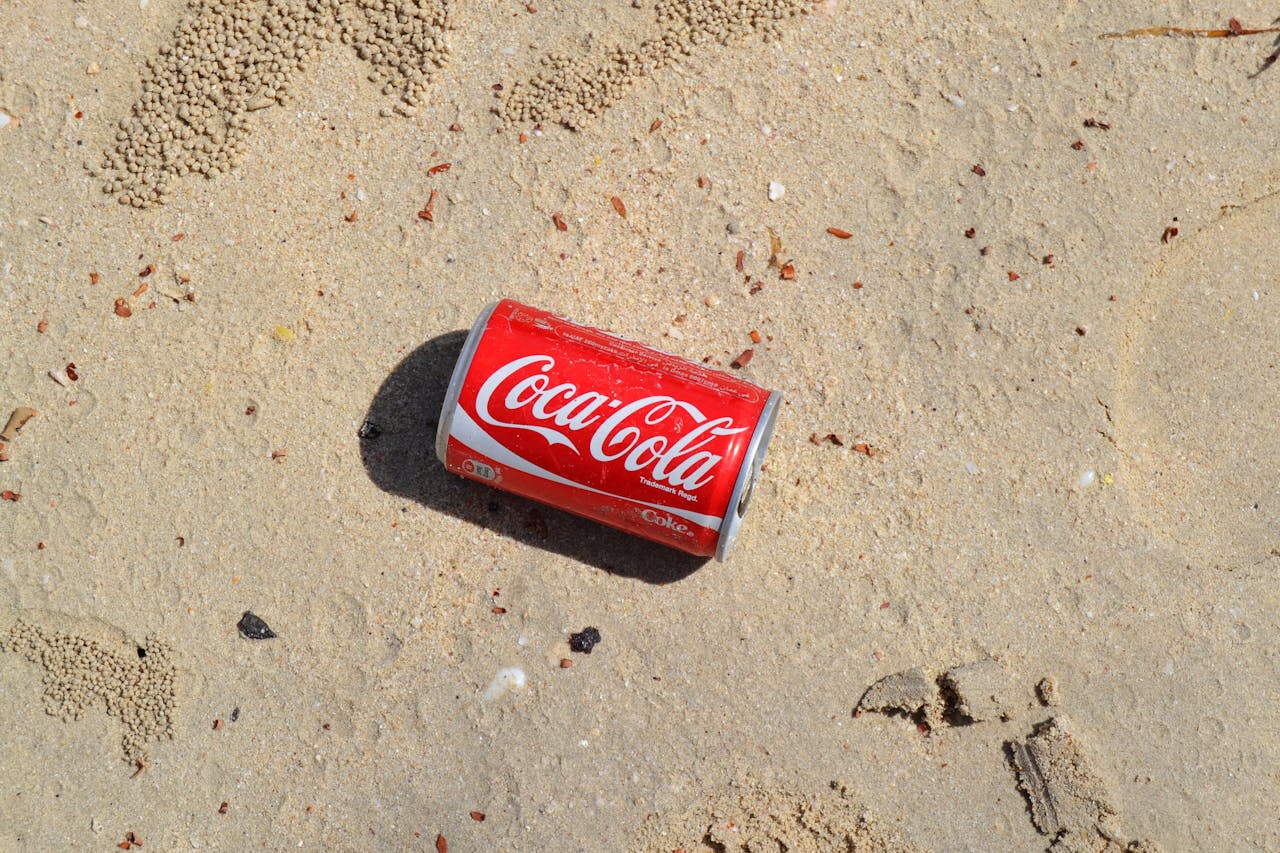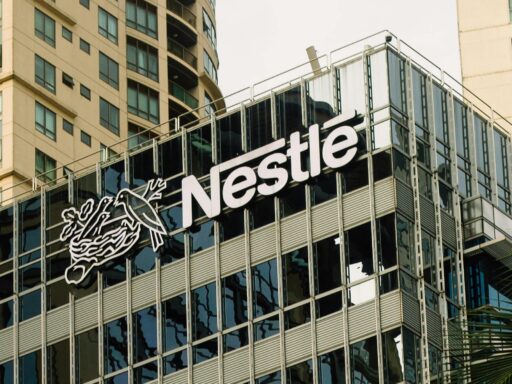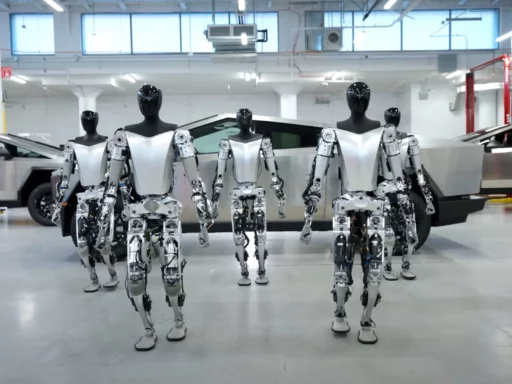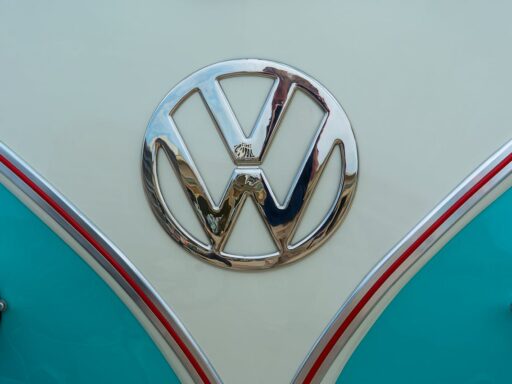Introduction
Coca-Cola, a global leader in the beverage industry, is one of the most recognized brands worldwide. With a vast network of bottling plants, extensive logistics operations, and over 200 countries served, Coca-Cola’s environmental footprint is immense. Recognizing its role in climate change, Coca-Cola has made significant commitments to sustainability, including pledges to reduce greenhouse gas emissions, promote water stewardship, and improve packaging sustainability. The company has outlined public goals such as achieving net-zero carbon emissions by 2050 and ensuring that 100% of its packaging is recyclable by 2025.
Sustainability Strategy and Goals
Coca-Cola’s formal sustainability strategy revolves around three pillars: climate action, sustainable packaging, and water stewardship.
- Climate Action: Aligned with the Science Based Targets initiative (SBTi), Coca-Cola has committed to reducing absolute greenhouse gas emissions across its entire value chain by 25% by 2030, compared to 2015 levels.
- Sustainable Packaging: Its “World Without Waste” initiative aims to collect and recycle one bottle or can for every one sold by 2030, making its packaging entirely circular.
- Water Stewardship: Coca-Cola aspires to replenish 100% of the water it uses in its beverages and production processes by engaging in conservation projects worldwide.
Key Sustainability Innovations & Technologies
- Energy Efficiency and Operations: Coca-Cola is implementing renewable energy solutions across its bottling plants. By 2022, nearly 50% of Coca-Cola’s operations were powered by renewable electricity. Energy-efficient bottling technologies and logistics optimization further reduce operational emissions.
- Carbon Offsetting and Natural Climate Solutions: The company invests in reforestation and wetland restoration projects, such as its partnership with The Nature Conservancy, to offset emissions.
- Sustainable Product Development: Coca-Cola uses 25% recycled materials in its PET bottles and has introduced the “PlantBottle,” which uses up to 30% bio-based material.
Measurable Impact & Data-Driven Results
- CO2 Emissions Reductions: Between 2015 and 2021, Coca-Cola reduced emissions intensity by 17%, approaching its 2030 goal of 25%.
- Energy Efficiency Improvements: Coca-Cola transitioned nearly 50% of its electricity use to renewables globally by 2022.
- Waste Reduction and Recycling: Coca-Cola collected 61% of its equivalent packaging globally in 2022, showcasing progress toward its 2030 recycling target.
Challenges and Areas for Improvement
- High-Energy Operations: Despite progress, Coca-Cola’s vast manufacturing network still relies on substantial energy resources. Transitioning entirely to renewables is challenging due to regional disparities in green energy availability.
- Packaging Waste: Although Coca-Cola promotes recycling, it remains one of the largest contributors to plastic pollution worldwide. Consumer behavior and inadequate recycling infrastructure pose hurdles.
- Full Carbon Neutrality: Achieving net-zero emissions will require substantial investment in low-carbon technologies and supply chain decarbonization.
Future Plans and Long-Term Goals
- 100% Renewable Energy Commitment: Coca-Cola plans to power all its operations with renewable energy by 2030, doubling down on solar and wind energy projects.
- Sustainable Packaging Development: The company aims to produce bottles made of 50% recycled material by 2030 and increase its collection rates globally.
- Natural Climate Solutions and Offsetting: Coca-Cola will expand its conservation efforts and investments in carbon sequestration projects to offset hard-to-eliminate emissions.
- Industry Collaboration and Advocacy: The company collaborates with peers through initiatives like the New Plastics Economy Global Commitment to establish sustainability benchmarks for the beverage industry.
Comparisons to Industry Competitors
Compared to competitors such as PepsiCo, Coca-Cola leads in sustainable packaging innovation but lags slightly in emissions intensity reduction. Both companies are progressing toward renewable energy and adopting circular economy principles, highlighting an industry-wide push for sustainability.
Our Thoughts
Coca-Cola’s sustainability journey is marked by ambitious goals and innovative practices, especially in packaging and water conservation. Its measurable progress in renewable energy adoption and emissions reduction sets a benchmark in the beverage industry. However, its contribution to plastic pollution remains a significant challenge, requiring further innovation and stronger consumer engagement. The company’s alignment with global sustainability frameworks such as the SBTi and its commitment to net-zero emissions position it as a leader in sustainable business practices. With continued focus, Coca-Cola can significantly impact industry standards and inspire other businesses to prioritize sustainability.

